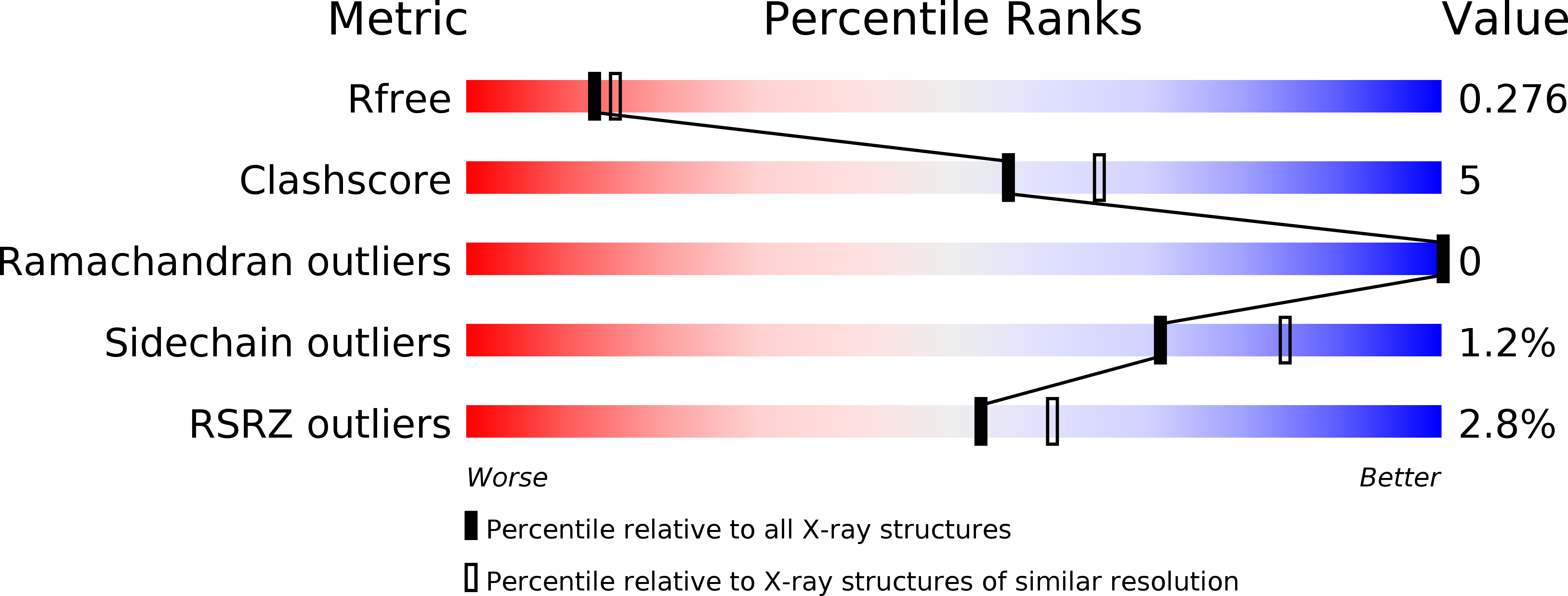
Deposition Date
2012-10-26
Release Date
2012-11-21
Last Version Date
2024-11-20
Entry Detail
PDB ID:
4HQX
Keywords:
Title:
CRYSTAL STRUCTURE OF HUMAN PDGF-BB IN COMPLEX WITH A Modified nucleotide aptamer (SOMAmer SL4)
Biological Source:
Source Organism:
Homo sapiens (Taxon ID: 9606)
Host Organism:
Method Details:
Experimental Method:
Resolution:
2.30 Å
R-Value Free:
0.27
R-Value Work:
0.23
R-Value Observed:
0.24
Space Group:
P 41 21 2


